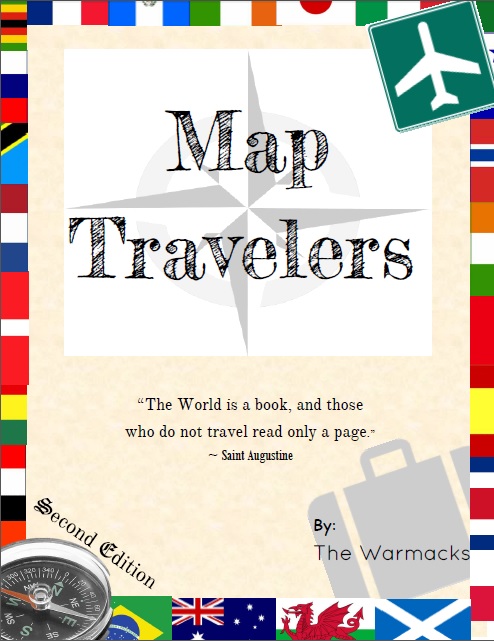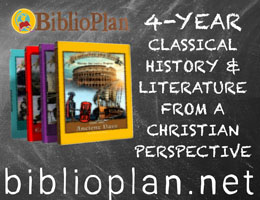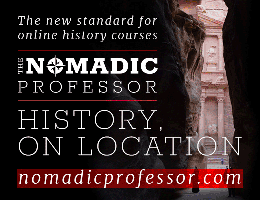Map Travelers is a downloadable, 150-page PDF unit study that uses websites, books, movies and other resources to study world geography. The study is designed for 21 weeks, moving from an introductory study of the world through continent-by-continent studies.
Time spent on each continent varies as you would expect. Some countries such as Australia, Canada, Mexico, the United States, and China get more attention than others, and much of the time your book, movie, and activity choices will dictate which countries within the continent studies your children will learn about.
Weekly lesson plans are laid out in chart form with activities for five days per week. Weblinks to recipes, craft instructions, and some projects or activities are sometimes embedded directly in the chart. Book lists are linked directly to Amazon. Suggested “Additional Activities” are also links to websites. Elsewhere in the book, the author includes a few weblinks to suitable sites for student research on countries and for parents to check out reviews of recommended movies.
You will need to borrow or buy fiction and non-fiction books and movies, but quite a few options are listed as possible choices for each week of the study. The study is secular in its approach, and the author recommends that parents use their own discretion as to which resources are best for their own children.
The author says that Map Travelers is suitable for all ages, but it seems to me that it would be best for grades one through six. Older students might participate in some activities, but they need to be studying geography at a more sophisticated level. Book, movie, and activity recommendations purposely vary a great deal in their suitability for different ages. You might choose a picture book to read aloud with younger students while an older student reads a different book on his or her own. A younger child might color in the small country map on the information page while an older student labels a larger map or draws and labels their own map of a country. A parent might assist a younger student with a craft project such as the windmill paper craft while an older student researches the history of windmills, their purpose, and their construction.
In addition to the unit study guide, you will need some sort of world map whether that be a globe, a large wall map, or a world atlas in a book. Children will read and research from maps, the internet, and books, completing information sheets on each country they study and working on other assignments.
The study incorporates activities for various learning styles with activities such as reading, research, drawing, watching movies, creating a notebook, and working on hands-on projects.
When you order Map Travelers, you will receive a link for a downloadable passport template so that you can create a passport booklet for each student to use with the course.
Some craft and cooking ideas are simple enough for young children while others might appeal to older students. Illustrated instructions for some activities are included within the book, but many activities will take you to the internet for someone else’s instructions. I expect that most older students will need to spend more time on reading and research than activities if parents want this study to provide suitable course content for their grade levels.
At the back of the book are student pages that parents are welcome to print for their family members. First are 46 “Information Pages” with each page dedicated to a country. On each page are a picture of the country’s flag to color, space to affix a travel ticket, a small outline of the country, and a box for students to write in key information such as the capital city and language. For each of these countries there is a corresponding travel ticket/boarding pass that students can cut out and complete by entering their own name. Six outline maps of continents complete the book.
Map Travelers should work well as an introductory geography course in which the entire family can be involved. I expect that families with younger children might get the most out of the variety of resources, activities, and recipes that present information with a light touch. It will take more work to make the course work well for older students. Parents will need to decide which activities and books they might use and what form of feedback will be required for some of the research activities. On the other hand, parents might concentrate on using the course primarily with younger students and include older students for fun activities or movies rather than as coursework.










